Ambrisentan is a medication used to treat pulmonary arterial hypertension (PAH), a rare but serious condition where blood pressure in the lungs becomes dangerously high. While it’s been approved for adults for over a decade, its use in children has been slower to adopt - not because it doesn’t work, but because reliable data was hard to come by. Pediatric PAH is uncommon, affecting roughly 2 to 3 children per million each year, but when it happens, it progresses fast. For these kids, treatment isn’t optional - it’s life-saving. Ambrisentan has emerged as one of the few oral therapies with proven benefits in this group, offering a real alternative to injectable or inhaled drugs that require constant medical supervision.
How Ambrisentan Works in Children
Ambrisentan belongs to a class of drugs called endothelin receptor antagonists. It blocks endothelin-1, a natural substance in the body that causes blood vessels to narrow. In PAH, too much endothelin-1 is produced, forcing the arteries in the lungs to tighten and stiffen. This makes the heart work harder to pump blood through them. Over time, the right side of the heart weakens and can fail.
In adults, ambrisentan improves exercise ability, slows disease progression, and reduces hospitalizations. In children, the same mechanism applies - but the dosing is different. Kids metabolize drugs faster, and their bodies respond differently. Studies show that ambrisentan is absorbed well in children as young as three years old. The typical starting dose is 0.1 mg/kg per day, with a maximum of 5 mg daily. Unlike adults, children often need weight-based dosing adjusted every few months as they grow.
Efficacy: What the Data Shows
A 2023 multi-center study published in the Journal of the American College of Cardiology followed 127 pediatric PAH patients on ambrisentan for up to three years. The results were clear: 78% of children showed improved exercise capacity, measured by the six-minute walk test. Nearly 65% had a reduction in pulmonary vascular resistance - a key marker of disease severity. Only 12% experienced disease progression during the study period, compared to historical rates of 25-30% before targeted therapies became available.
Another study from the Pediatric Pulmonary Hypertension Network tracked 41 children on ambrisentan monotherapy for two years. At the end of the study, 83% were in WHO Functional Class I or II - meaning they had no symptoms during normal activity. That’s a dramatic improvement from the 38% who started in those classes. For many families, this means their child can go to school regularly, play with friends, and even participate in light sports without needing oxygen support.
Safety Profile in Children
Ambrisentan is generally well-tolerated in children, but it’s not without risks. The most common side effects are mild: headaches, nasal congestion, and flushing. These usually fade after a few weeks. More serious concerns include liver enzyme elevations and fluid retention. About 8% of pediatric patients in clinical trials had elevated liver enzymes, but most returned to normal without stopping the drug. Regular blood tests every 3-6 months are required to monitor liver function.
One major difference from adult use is the risk of birth defects. Ambrisentan is strictly contraindicated in pregnant women. For adolescent girls, especially those who are sexually active, pregnancy prevention programs are mandatory. This includes two forms of contraception and monthly pregnancy tests. While this isn’t an issue for younger children, it becomes critical during puberty and teenage years.
There’s also a small risk of low red blood cell count (anemia). About 15% of children on ambrisentan develop mild anemia, usually without symptoms. It rarely requires treatment, but doctors check hemoglobin levels every few months. If levels drop too low, the dose may be lowered or temporarily stopped.
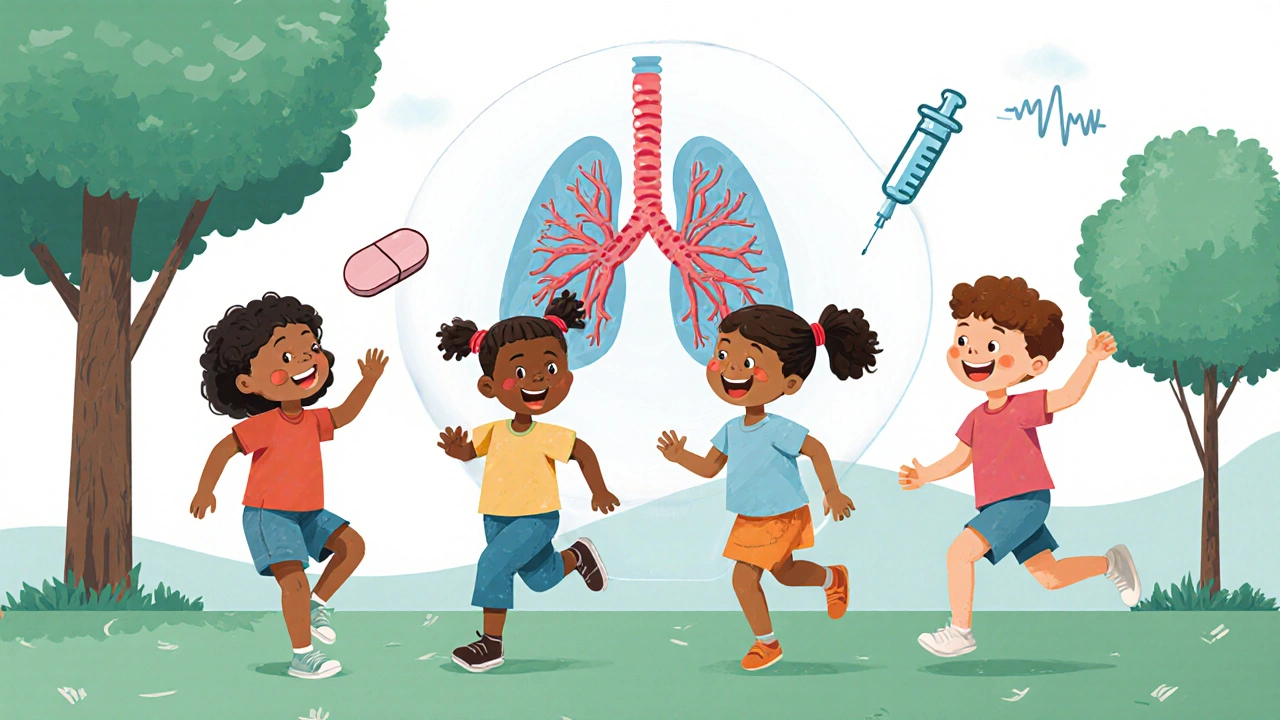
Who Benefits Most?
Not all children with PAH respond the same way. Ambrisentan works best in those with idiopathic PAH or PAH linked to congenital heart disease that has been repaired. It’s less effective in children with PAH caused by lung disease or chronic infections. Children with severe right heart failure may need combination therapy - ambrisentan plus a phosphodiesterase-5 inhibitor like sildenafil, or a prostacyclin analog.
Early diagnosis matters. Kids who start ambrisentan before their heart muscle becomes too damaged have the best outcomes. Symptoms like fatigue during play, bluish lips, or fainting during activity should never be dismissed as "just growing pains." If a child has unexplained shortness of breath during normal activity, a pediatric cardiologist should evaluate them for PAH.
Real-World Challenges
Getting ambrisentan to kids isn’t always straightforward. The tablet comes in 5 mg and 10 mg strengths, but many young children can’t swallow pills. Some parents crush the tablets and mix them with applesauce, but this isn’t officially recommended - the drug’s absorption can become unpredictable. A liquid formulation is in development, but it’s not yet approved in most countries.
Cost is another barrier. Ambrisentan can cost over $10,000 per year in the U.S., and while insurance often covers it, prior authorizations take weeks. In countries without universal healthcare, families may delay treatment or skip doses. Even in places like New Zealand, where it’s subsidized, families report long waits for specialist appointments and delays in starting therapy.
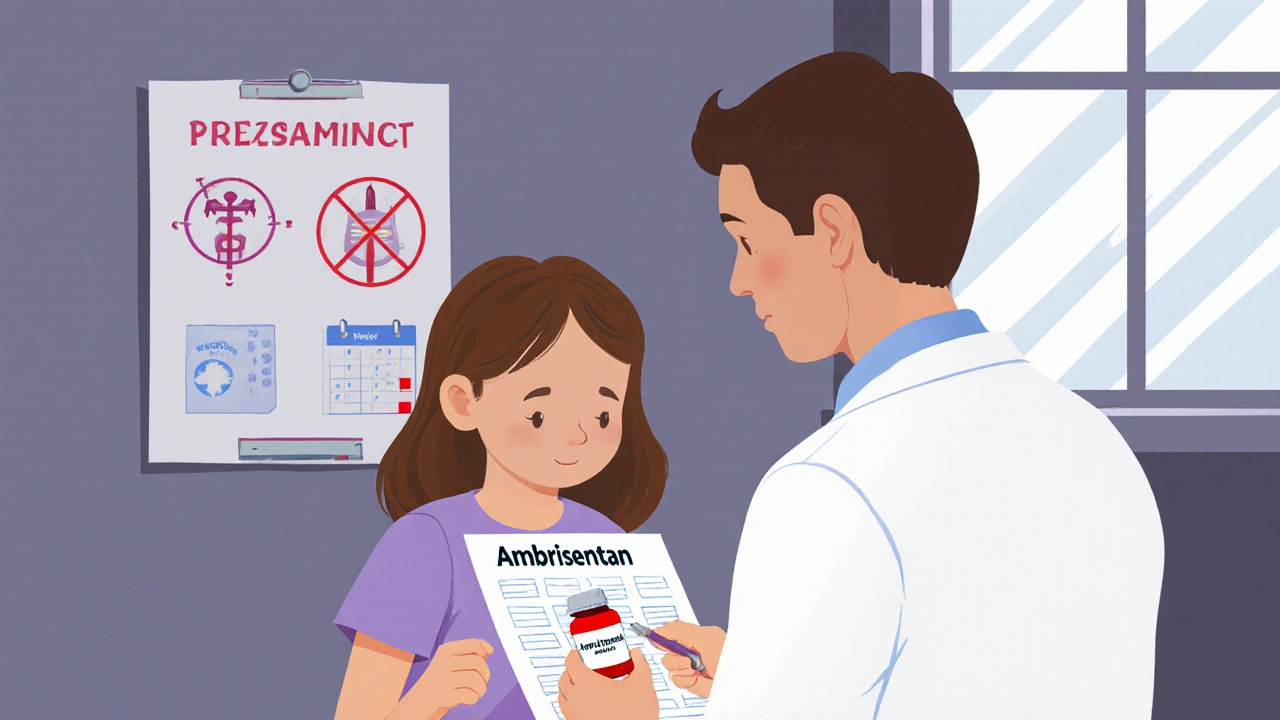
What Parents Need to Know
If your child has been prescribed ambrisentan, here’s what to focus on:
- Give the medication at the same time every day - consistency matters more than you think.
- Don’t skip doses, even if your child seems fine. PAH doesn’t disappear just because symptoms fade.
- Keep all blood test appointments. Liver checks aren’t optional.
- Watch for swelling in the ankles, sudden weight gain, or worsening fatigue - these could signal fluid retention.
- For teens, talk openly about pregnancy risks. This isn’t a conversation to avoid.
Many families report that once they get into a routine, ambrisentan becomes part of daily life - like brushing teeth. The goal isn’t just survival - it’s letting kids be kids again.
What’s Next for Pediatric Ambrisentan?
Researchers are now studying ambrisentan in combination with newer drugs like riociguat and selexipag for children who don’t respond fully to monotherapy. Early results suggest these combinations may delay the need for lung transplants - a major milestone in pediatric PAH care.
Long-term data beyond five years is still limited. We don’t yet know if ambrisentan affects growth, bone development, or puberty in children. Ongoing registries in Europe and North America are tracking these outcomes. For now, the benefits clearly outweigh the risks for most children with moderate to severe PAH.
Ambrisentan isn’t a cure. But for children with PAH, it’s one of the most reliable tools we have to give them more time - and more life.
Is ambrisentan approved for children under three years old?
Ambrisentan is not officially approved for children under three in most countries, including the U.S. and EU. However, in life-threatening cases where no other options exist, doctors may prescribe it off-label under close supervision. Dosing in infants is based on weight and requires extreme caution due to immature liver function. Clinical trials are ongoing to establish safe protocols for this age group.
Can ambrisentan be taken with other PAH medications?
Yes, ambrisentan is often combined with other PAH drugs like sildenafil, tadalafil, or epoprostenol. Combination therapy is now standard for children with moderate to severe disease. Studies show better outcomes when drugs that work in different ways are used together - for example, blocking endothelin while relaxing blood vessels with a PDE5 inhibitor. Always consult a pediatric PAH specialist before combining medications.
What are the signs that ambrisentan isn’t working?
If your child’s energy levels drop again, they start getting out of breath during normal play, or they develop swelling in the legs or belly, it may mean the medication isn’t controlling the disease as well as it should. A follow-up echocardiogram or right heart catheterization may be needed to check if pulmonary pressures are rising. Don’t wait for symptoms to get worse - contact your specialist right away.
Does ambrisentan affect a child’s growth or development?
Current data doesn’t show that ambrisentan stunts growth or delays puberty. Children on long-term ambrisentan have normal height and weight trajectories compared to peers. However, because PAH itself can slow growth due to poor oxygen delivery and increased energy demands, it’s hard to separate the drug’s effects from the disease’s. Regular growth monitoring is part of standard care.
How often do children need blood tests on ambrisentan?
Blood tests for liver function and hemoglobin levels are required every three months during the first year of treatment. After that, if everything remains stable, they may be reduced to every six months. These tests are simple but critical. Liver damage from ambrisentan is rare but can happen without symptoms - catching it early prevents serious harm.
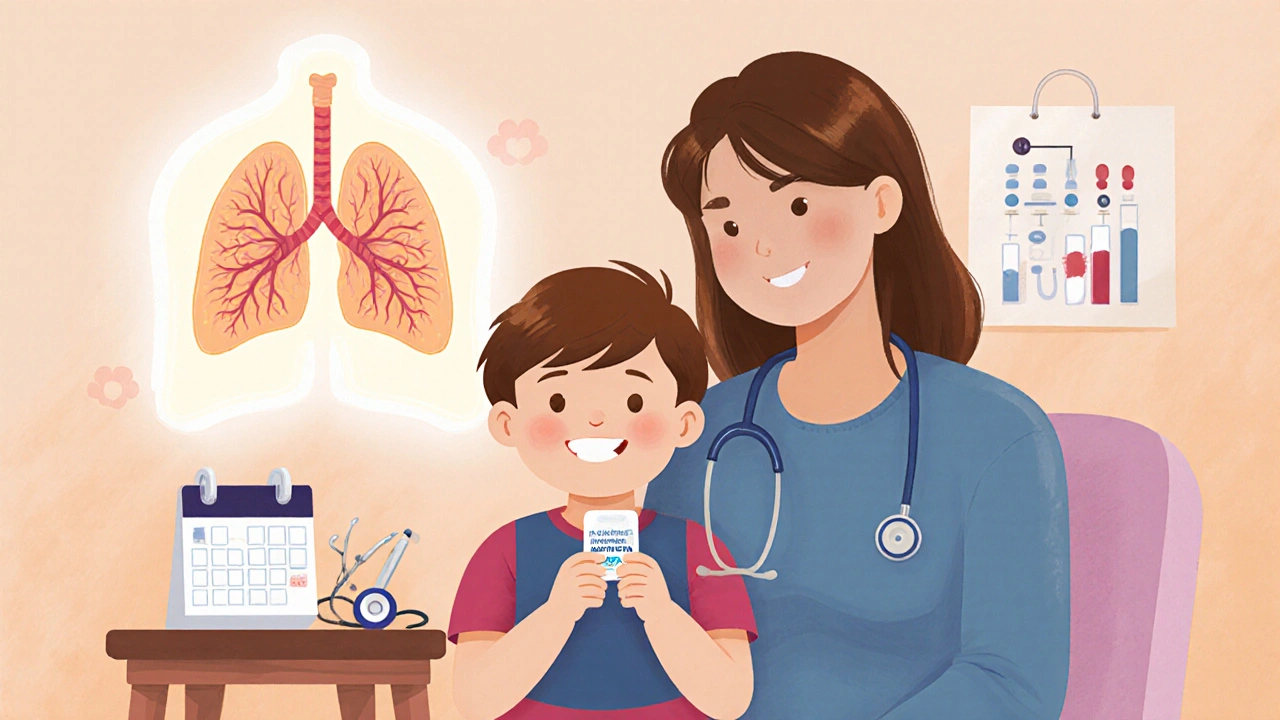

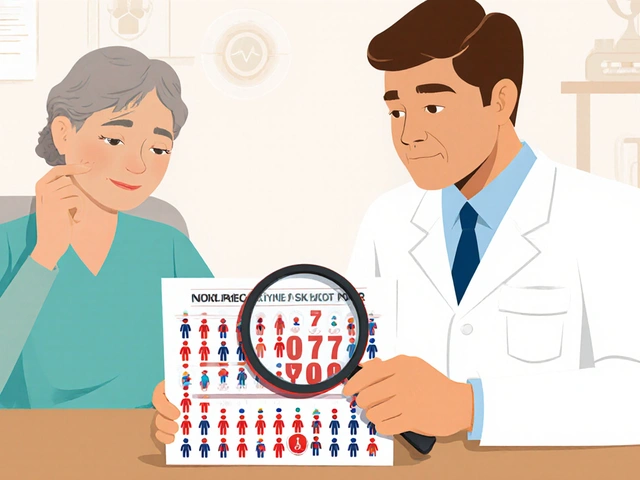

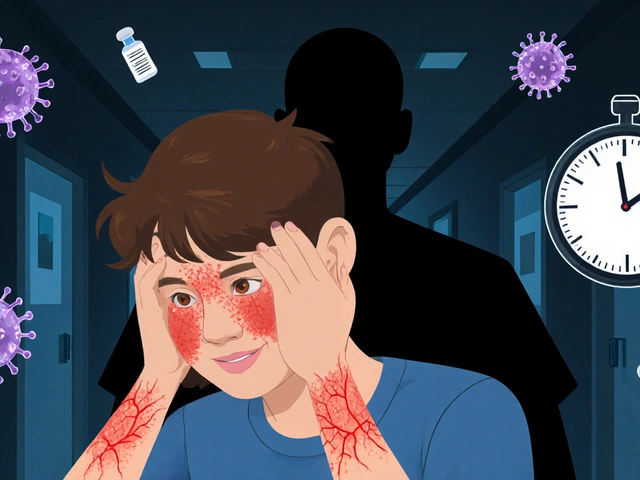

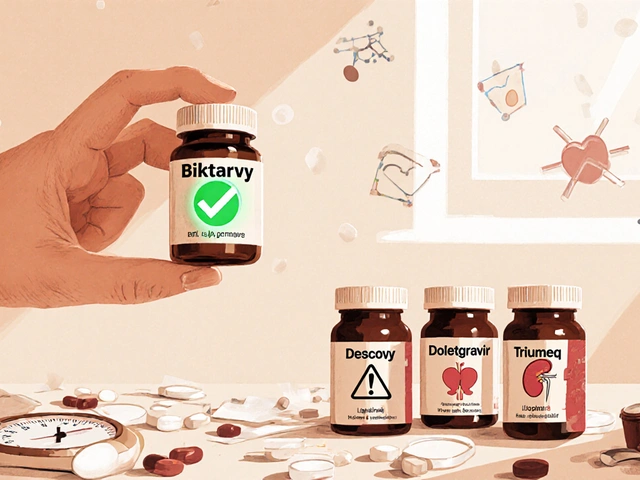
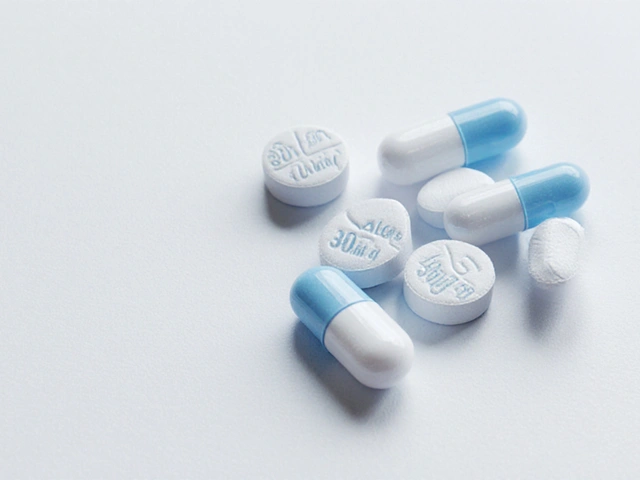
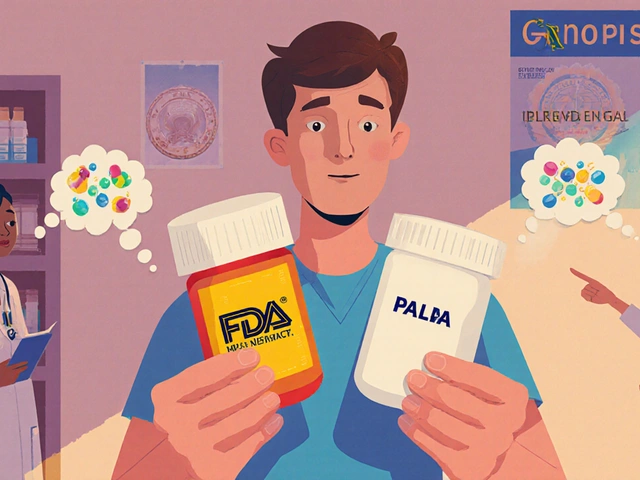
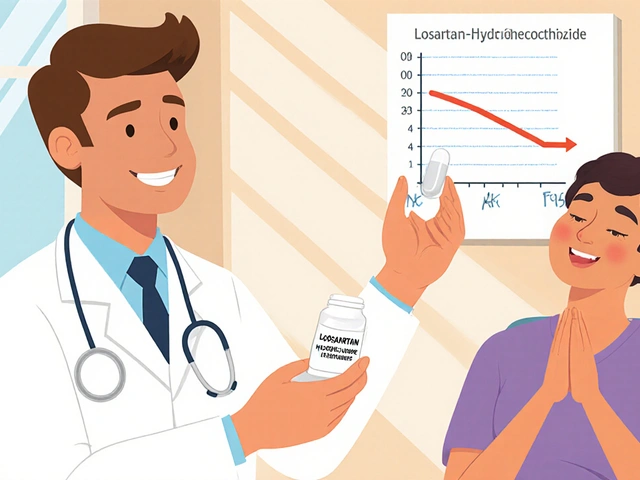
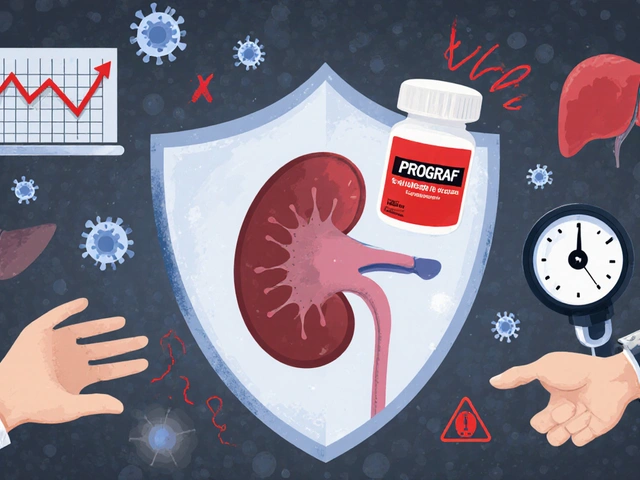
1 Comments
My cousin’s 7-year-old started ambrisentan last year. She used to nap after school-now she rides her bike to the park. The liver tests are a pain, but honestly? Worth it. I used to think "pediatric PAH" was just a medical term. Now I know it’s my niece’s reality. Thanks for writing this.